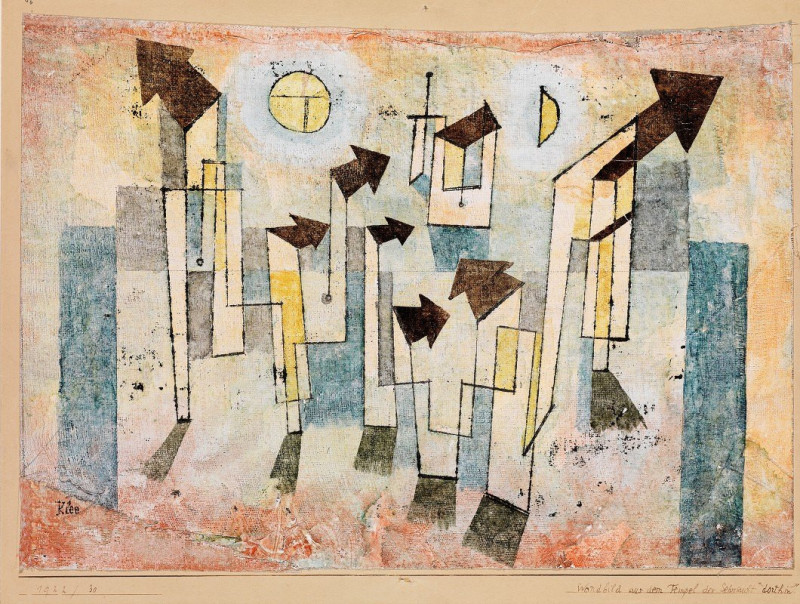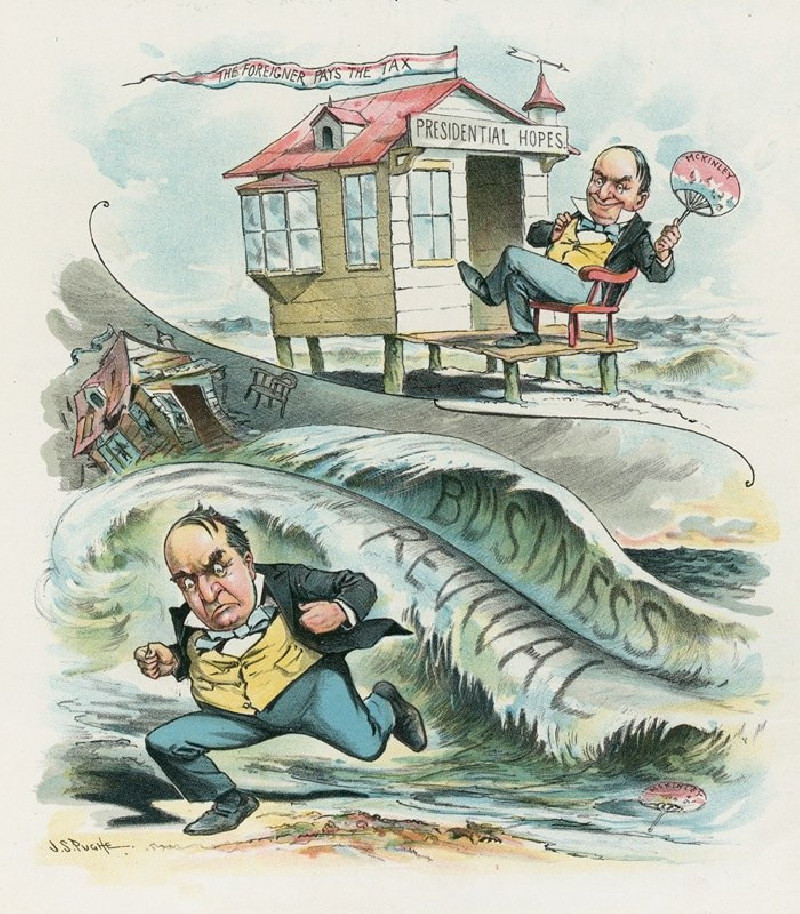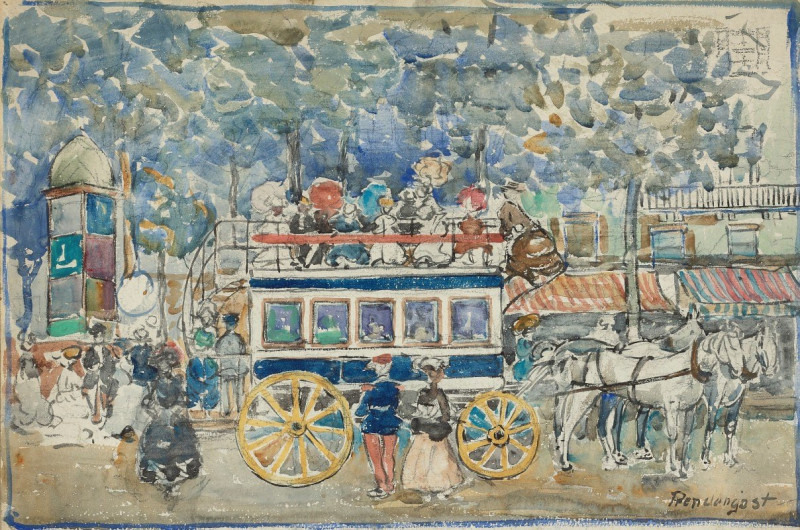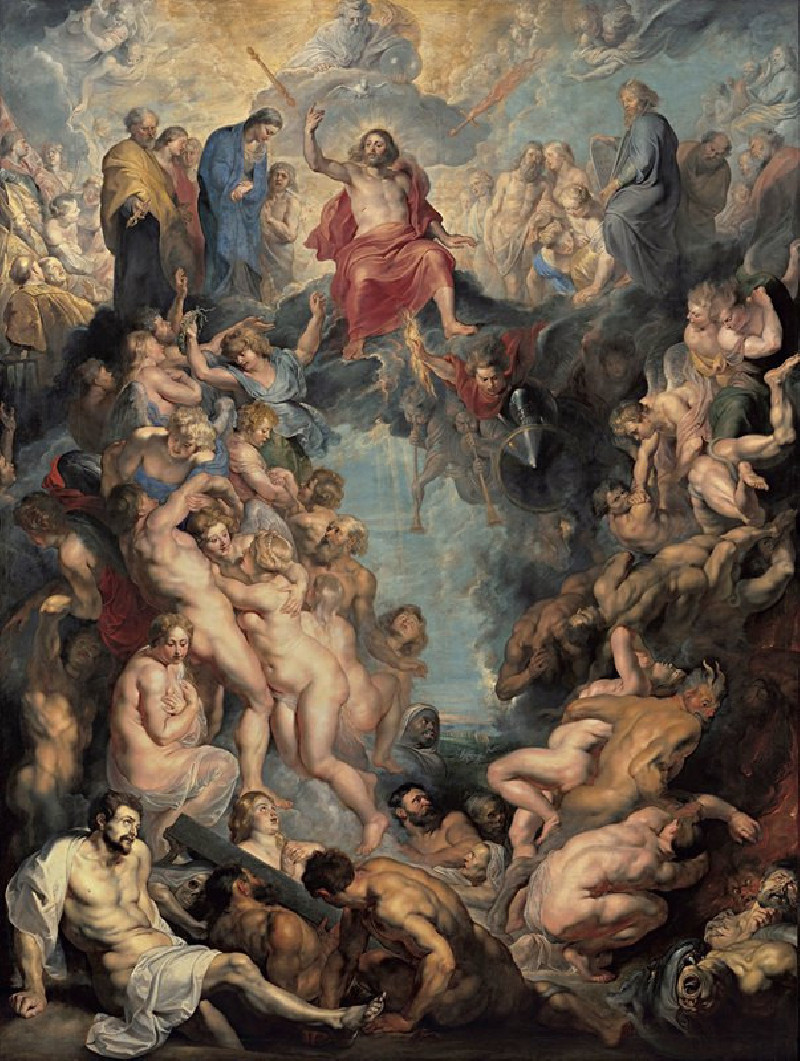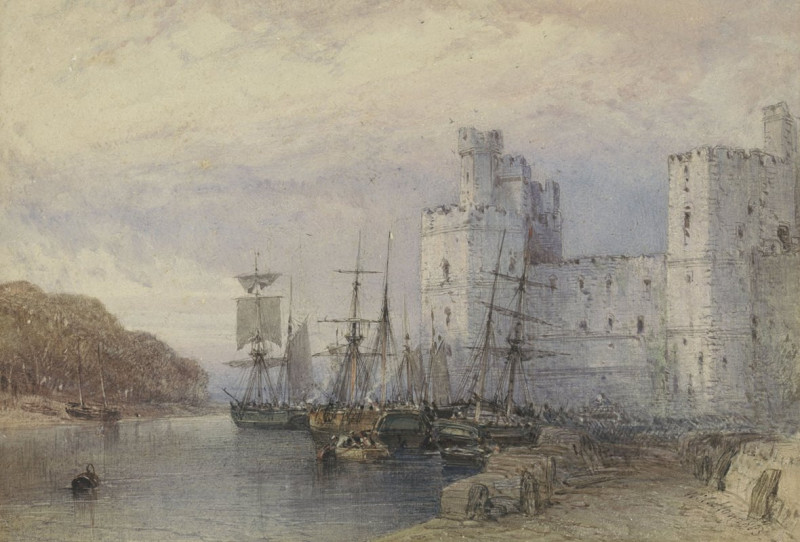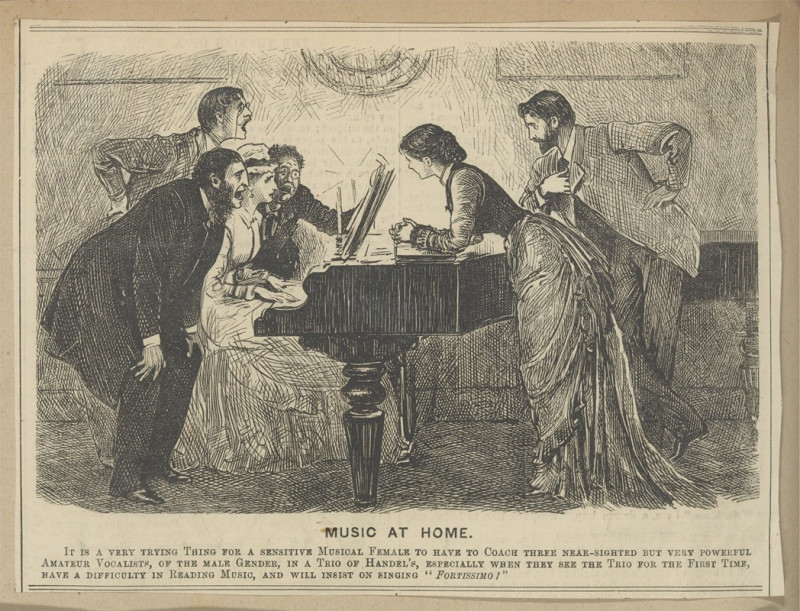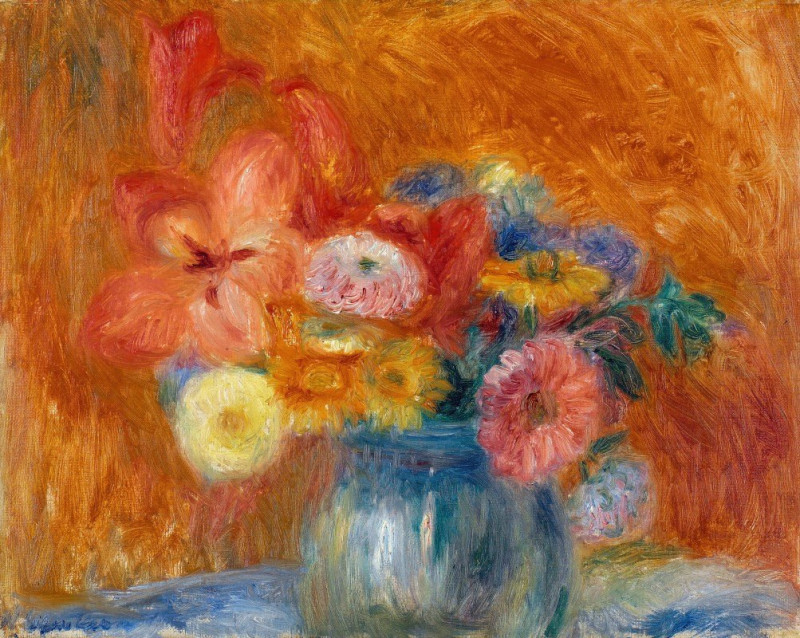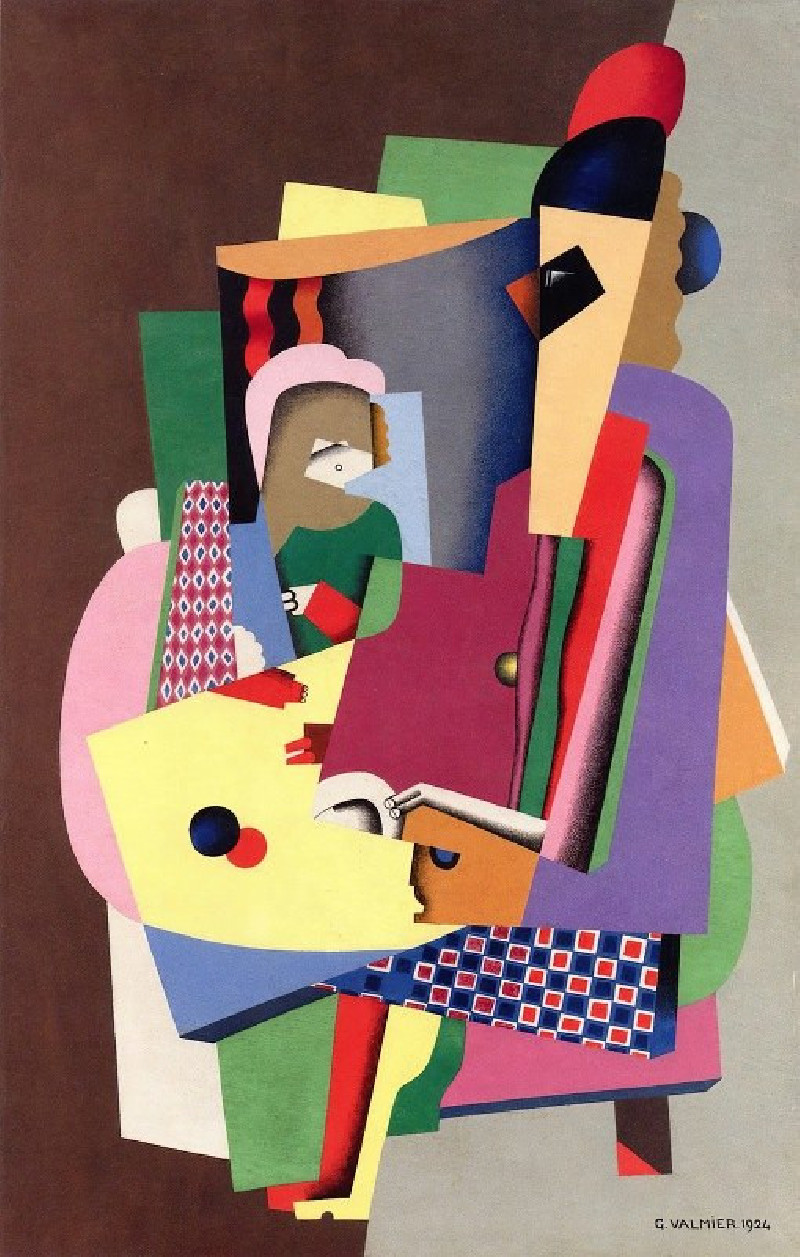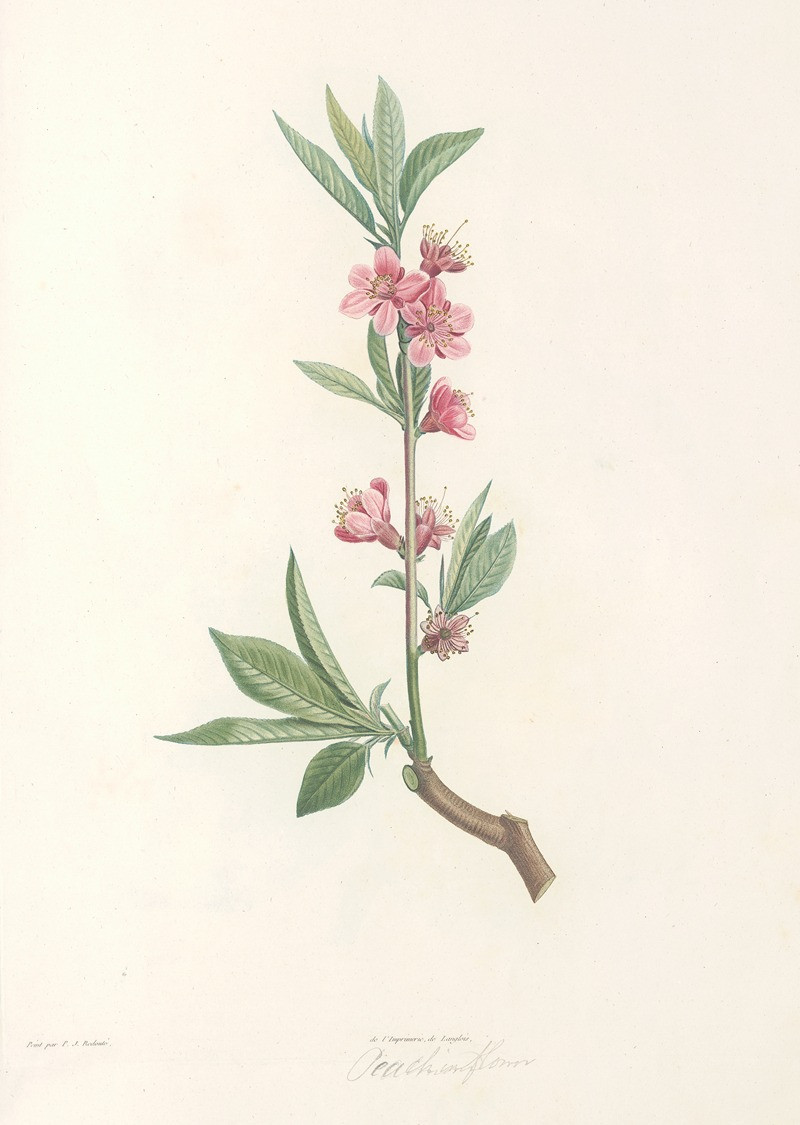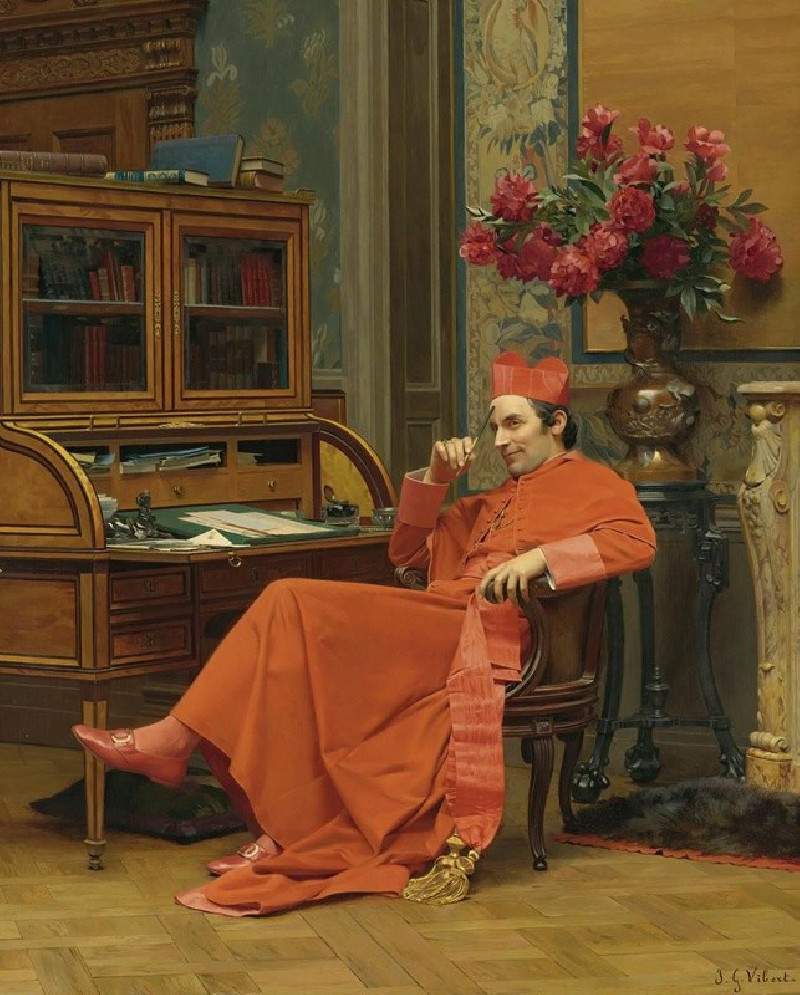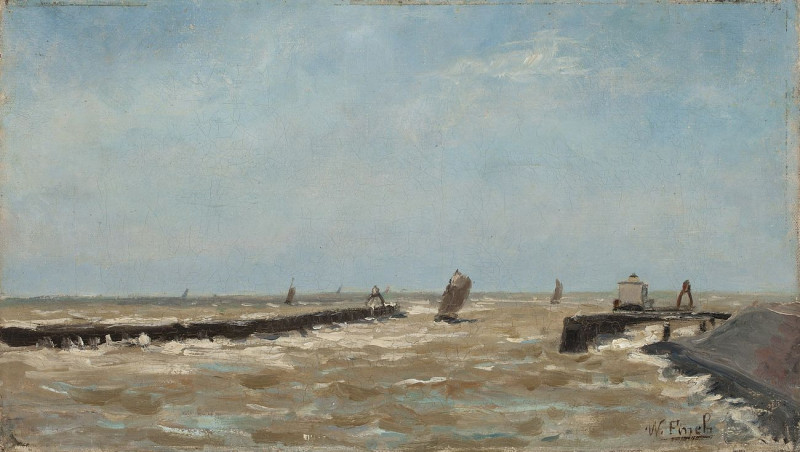Mural from the Temple of Longing (1922)
Technique: Giclée quality print
Recommended by our customers
More about this artwork
Paul Klee's mesmerizing work “Mural from the Temple of Longing” is a fine illustration of his unique expressive capabilities and a profound synthesis of abstraction and symbolism. Created in 1922, this painting presents an intricate labyrinth of geometric forms and a delicate interplay of colors that evoke a sense of mystical architecture.The artwork portrays what appears to be a fragmented architectural landscape, set beneath a pale celestial body, which could be interpreted as the moon or sun glowing faintly in a hazy sky. The palette skillfully transitions from warm tones of orange and red at the bottom, suggesting perhaps a grounding earthiness, to cooler blues and grays that construct the towering structures. These formations, punctuated by sharp black and dark brown arrows that direct the viewer’s gaze upwards, suggest a dynamic movement, as if guiding us through a spiritual journey towards the enlightenment that the temple of longing symbolizes.Each element in Klee's composition is meticulously placed, yet retains a spontaneous air, typical of Klee’s style during the height of his involvement with the Bauhaus school. This painting not only captures the architectural elements and celestial motifs common in Klee's work but also delves into the emotional and spiritual longing conveyed by the enigmatic title of the piece.“Mural from the Temple of Longing” invites viewers to ponder their own interpretations of longing and aspiration, making it an everlasting piece of art that resonates with diverse audiences.
Delivery
Returns
Paul Klee was a Swiss-born German artist. His highly individual style was influenced by movements in art that included expressionism, cubism, and surrealism. Klee was a natural draftsman who experimented with and eventually deeply explored color theory, writing about it extensively; his lectures Writings on Form and Design Theory (Schriften zur Form und Gestaltungslehre), published in English as the Paul Klee Notebooks, are held to be as important for modern art as Leonardo da Vinci's A Treatise on Painting for the Renaissance.

